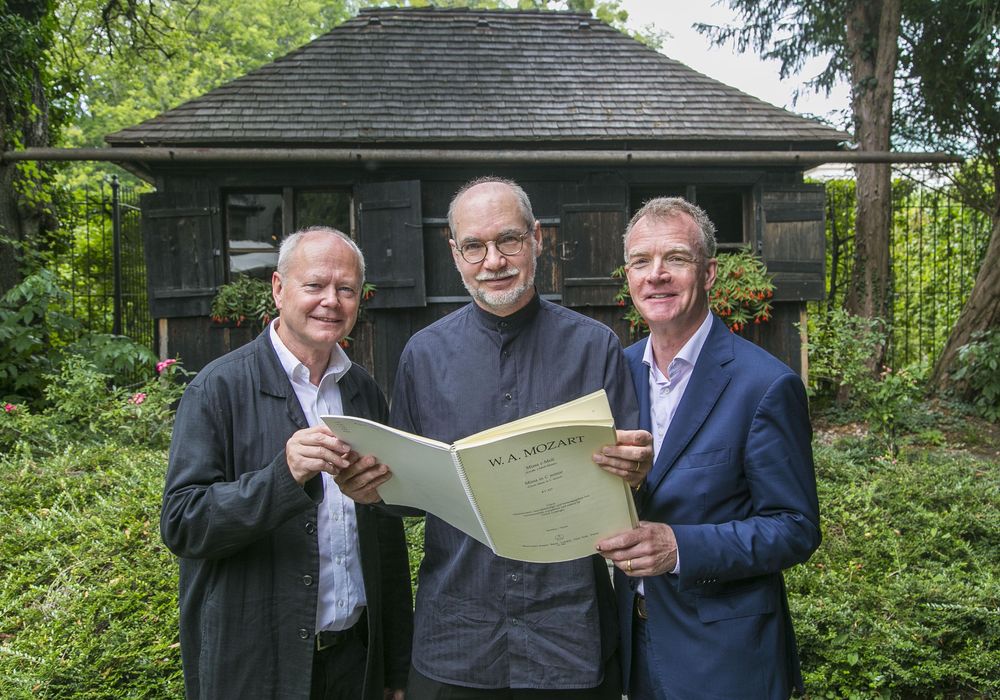News
The latest news about everything happening in the Salzburg Mozarteum Foundation around Mozart Week, Season concerts, the Mozart Museums and the research about Mozart.

Mozart’s Mass in C minor – A new approach to a grand work, starting from the place where it had been performed for the very first time
A new edition and reconstruction in cooperation between the Salzburg Mozarteum Foundation and Bärenreiter-Verlag Kassel
The C-minor Mass K. 427 by Wolfgang Amadé Mozart, one of the most fascinating and popular works in the history of music, is surrounded by the aura of the unfinished and the mysterious. The exact circumstances of the genesis as a votive mass, the reasons for abandoning the composition as well as many details of the premiere performance, which – as far as we know – took place on 26 October 1783 in St. Peter in Salzburg, are still unclear. It is remarkable that the Mass, although it was never completed, was performed at all during Mozart’s last visit to Salzburg.
The Mass in C minor is a fragment in more than one respect: Mozart has not set to music all parts of the ordinarium missae; it lacks large parts of the Credo and the entire Agnus Dei. In addition, parts of Mozart’s original manuscript were lost early.
As a cooperation between the Salzburg Mozarteum Foundation and Bärenreiter-Verlag (the publisher of the Neue Mozart-Ausgabe), Dr. Ulrich Leisinger, Director of Research of the Mozarteum Foundation, presents a new edition that takes into account the current state of research and – unlike a scholarly complete-works edition – also the needs of musical practice. The new version contains all parts set by Mozart, but, out of respect for the ingenious composer, refrains from inventing new music for the missing sections of the Credo and Agnus Dei. It is expected that sale copies of the full score, parts, piano-vocal score, and choral score will be available from Bärenreiter-Verlag from December 2019 on.
While Kyrie and Gloria have been preserved entirely in Mozart’s own handwriting, his partial score containing the two choirs and the strings parts for the Sanctus (with “Hosanna”) and the Benedictus have been lost. The vocal parts have survived only in an arrangement for four-part choir dating from the period around 1800; it was necessary to restore the seemingly missing choral parts by recourse to the instrumental parts. For the first two sections of the Credo, Mozart had drafted his score with all vocal parts, the instrumental bass and the most important instrumental parts. These two movements were scrupulously orchestrated by comparison with vocal works from the period around 1780-85, taking into account the compass and style of playing of period instruments.